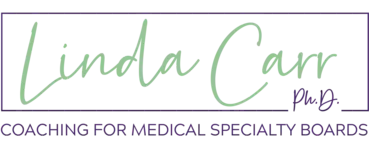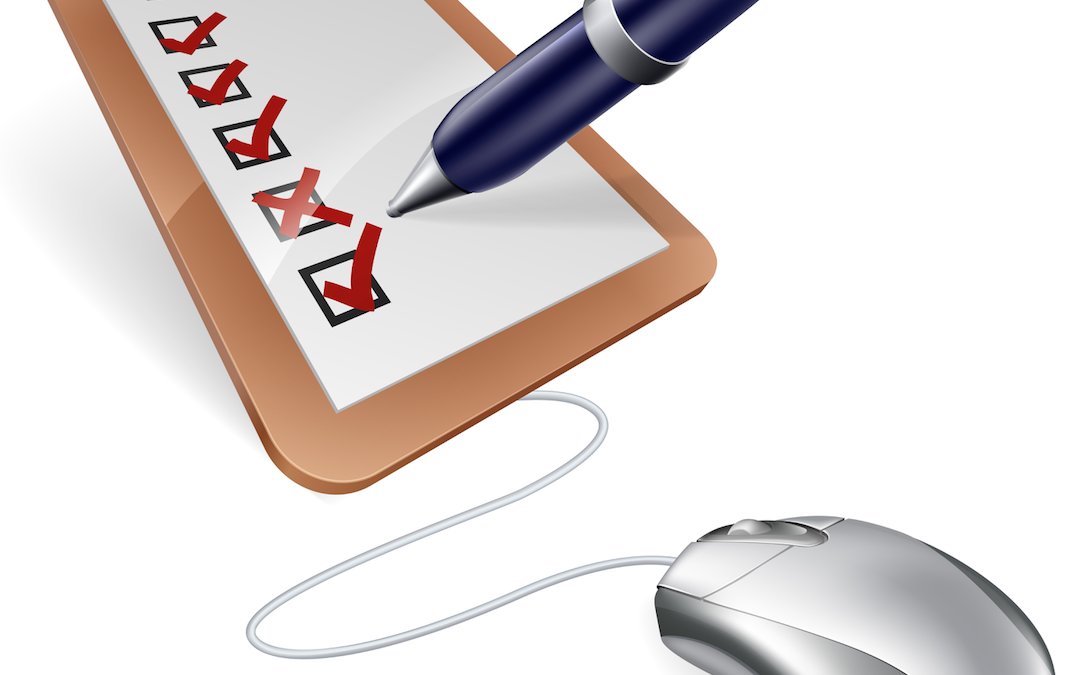
How to Eliminate Careless Errors on Board Exams

High-stakes exams in medicine can be daunting, but there are several things you can do to improve your chances of success.
One of the best ways to prepare for medical boards is to practice on questions from online question banks (e.g., TrueLearn, UWorld, MedStudy, BoardVitals), specialty Q-banks, and specialty practice exams.
Don’t wait until you feel ready to do questions. Start testing when you begin preparing for your boards–this is the most efficient and effective approach.
Learn from your testing errors by asking two questions: (1) WHAT was my error? and (2) WHY you made the error? Both questions are necessary to ensure that you know the material and will not repeat the error in the future.
Since question banks are the most effective and efficient method of study, maximize your testing strategy by using these four steps:
(1) TEST yourself on a block of questions (topic-based or random),
(2) IDENTIFY your learning gap(s)—ask WHAT and WHY,
(3) LEARN the content that you need to understand, preferably from a current review book,
(4) RETEST—Periodically retest the questions that you miss.
The tips below provide specific guidelines on avoiding reading and interpretation errors, how to narrow the options, ten best practices for guessing, and when it’s acceptable to change answers.
1. AVOID READING & INTERPRETATION ERRORS
Short-term memory’s limited capacity and duration can lead to numerous errors when reading, interpreting, and answering test questions. Selecting a wrong answer may be due to (1) mental mistakes, (2) reading errors, or (3) cognitive biases.
MENTAL MISTAKES … long questions are more daunting to understand and process … they tax stored knowledge in long-term memory and the limits of our short-term memory capacity.
READING ERRORS … tend to occur when you try to read too quickly, skim the question, lack focus, or overlook details. Don’t assume you “get it” before you’ve read the entire question stem. Identify critical information. Pay attention to the essential content information and important parts of speech (verbs, adverbs, conjunctions, prepositions, and adjectives). Look for words that qualify or add specificity to factual statements. Search for thought-shifting words such as but, however, despite, and except.
Questions on standardized exams do not contain “filler information;” the details are not there to mislead you. When information in the question stem seems misleading, it is because you have misunderstood it or have a superficial understanding of the concepts being tested.
Analyze the information as it is presented and make predictions as you go. Faulty reasoning occurs when the facts do not support your conclusion as they’ve been presented. The main types of faulty reasoning are circular reasoning, overgeneralization, false causality, oversimplification, and making assumptions that are not true.
COGNITIVE BIASES:
“Serial position effect” … each portion of the question (beginning, middle, end) has the potential to unduly influence your decision.
“Primacy effect” … information at the beginning of the question is better recalled.
“Recency effect” … information toward the end of the question is favored.
“Premature closure” … draw your conclusion before reading and analyzing available information. Make sure the answer you’ve selected is not just the correct answer, make sure it’s the best answer.
2. NARROW THE OPTIONS
Check each option by treating it like a true-false statement and see which options are true and false.
3. TEN BEST PRACTICES WHEN GUESSING
The GENERAL alternative … select the more GENERAL option; if more than one option is relatively general, make a random guess.
Avoid ABSOLUTES … Identify the ADJECTIVES each option includes correct responses typically do NOT include absolute statements (always, never, must, none, only).
MIDDLE of the Range … when presented with a series of numerical options, the correct response is often in the MIDDLE of the range, not at either extreme.
The DEDUCTIVE Approach … If each option represents a set of variables, FIRST identify all the variables. Next, count the # of times each variable is included in any of the options; then select as your final answer the ONE option that contains the set of variables that were included the greatest # of times in all the options.
The CLANG Association … If a word or phrase in the question stem is repeated exactly or very similarly to one of the options, select that option.
Similar and Opposite ALTERNATIVES … examine the options for the same or the opposite. If two options mean essentially the same thing, then the correct response is not likely to be one of them. The correct response is often one of two opposite alternatives.
Select the LONGEST Alternative … often, exam writers include more info in the correct response.
Avoid Question-Answer GRAMMAR DISAGREEMENT … the question and options should be in grammatical agreement. If the interrogatory is singular, the option should be singular. If an interrogatory is plural, it should not be completed with a singular option.
Make a RANDOM GUESS … select the first option after trying to rule out as many as possible. If you haven’t ruled out any options, pick A. If you’ve ruled out A, pick B. If you’ve ruled out A and B, pick C, and so on.
GUESS ONLY AS A LAST RESORT … it’s always best to use knowledge and reasoning to select the best answer and to rule out as many as possible.
4. WHEN TO CHANGE ANSWERS
Each time you change an answer, there are three possible outcomes:
-Wrong to Right;
-Right to Wrong; or
-Wrong to Wrong.
Studies show that approximately 55% of answers were changed from WRONG TO RIGHT – the preferred direction, with the remainder relatively evenly divided between the other two possibilities. WRONG TO RIGHT is about 55%, and 45% is evenly divided between RIGHT TO WRONG and WRONG TO WRONG.
Only CHANGE ANSWERS if you have an epiphany during the test and … (1) If you now realize your first guess was wrong, and you now know what the correct answer is, or (2) If you misread the question the first time.
In conclusion, practice, practice, practice until these tips are second nature and you’ve stopped any bad habits. These test-taking tips, while important, only work when you already have sufficient core knowledge of your specialty.
Reference:
Sefcik, D. J., Bice, G., & Prerost, F. (2013). How to Study for Standardized Tests. Burlington, MA: Jones & Bartlett Learning.
_______________
Linda L. Carr, Ph.D., Founder/Principal at Coaching for Medical Specialty Boards, is a medical educator and learning specialist who coaches physicians preparing for specialty boards through virtual, one-on-one coaching. Visit www.DrLindaCarr.org to learn more about her program and download her FREE Study Guide.


